How Passive RFID Slashes Inventory Headaches (No Batteries Needed)
430Discover how passive RFID transforms inventory management with faster scans, zero human counting, and 99.9% accuracy. Cut stockouts and labor costs today.
MoreAll RFID Product
Think of RFID as giving every box, pallet, or even single product a “voice.” Instead of workers scanning barcodes one by one, RFID tags allow items to be identified automatically through radio signals. When forklifts drive past readers or goods pass through dock doors, the system instantly knows what’s moving, where it’s going, and whether it’s in the right place.
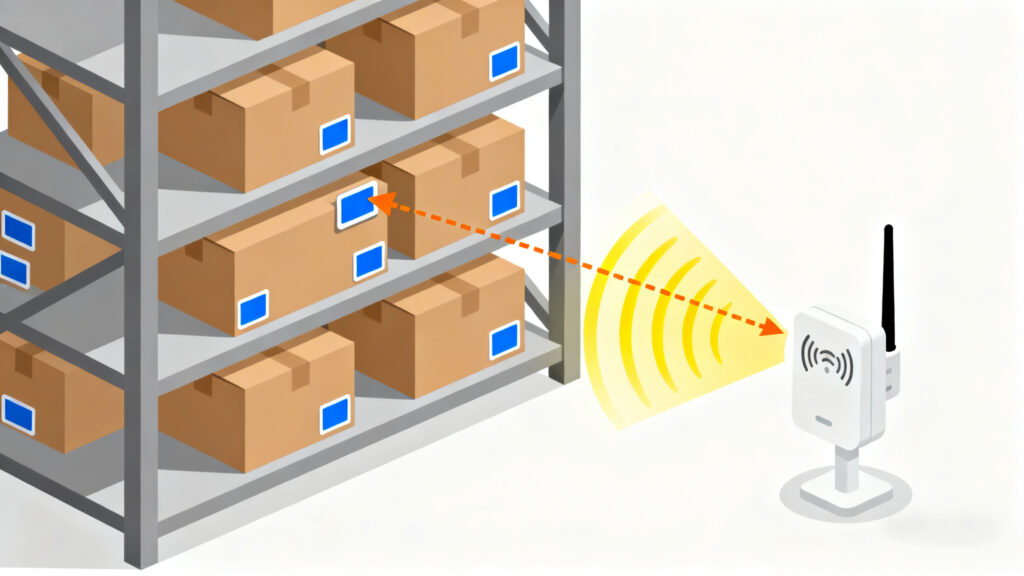
Barcodes are like nametags—you have to point a scanner directly at them to read. RFID, on the other hand, works more like Wi-Fi; it can pick up signals without direct line-of-sight. That means dozens or even hundreds of items can be identified at once, even if they’re stacked inside a carton or sitting on a high shelf.
Not necessarily. Many warehouses start small, maybe just by adding RFID gates at receiving docks or equipping forklifts with readers. Over time, they can expand to cover picking, inventory checks, and even automated shipping verification. The key is that RFID adapts—you don’t have to rebuild the whole warehouse to get started.
No, even smaller warehouses benefit. For example, a mid-sized operation that struggles with misplaced items can use RFID shelves or handheld readers to cut down search times. Larger facilities often see bigger gains because of the scale, but the technology scales both ways.
Accuracy depends on tag quality, placement, and the reader setup. In a well-designed system, read rates can exceed 95–99%. But it’s not magic—metal surfaces, liquids, and interference can sometimes block signals. Warehouses usually adjust by using different types of tags or installing more readers in tricky areas.
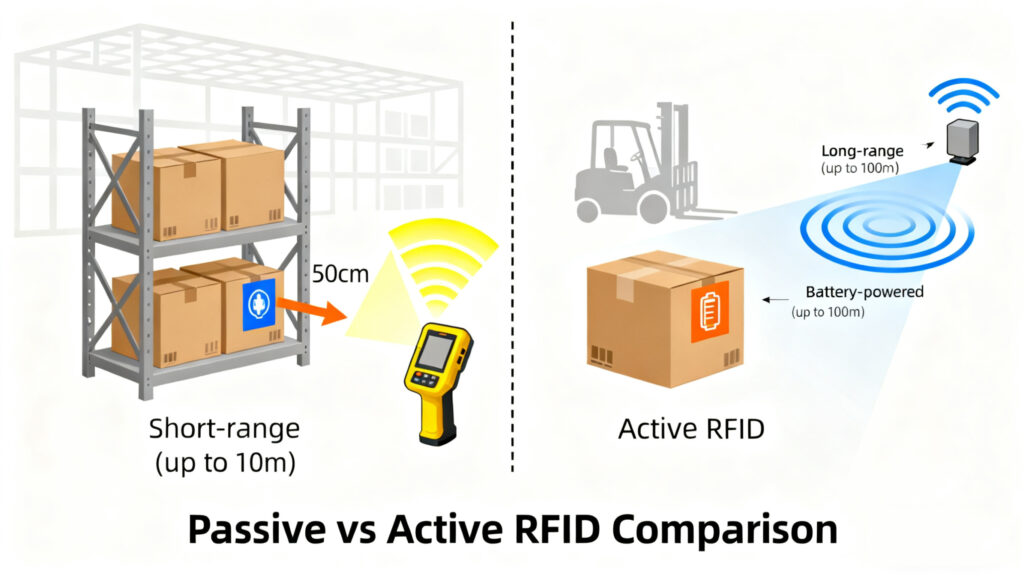
Yes, but with nuance. Passive RFID gives snapshots—items are read when passing a gate or scanned by a handheld. Active RFID, which has its own battery, can provide continuous location tracking like GPS inside the warehouse. Companies often mix both depending on how precise they need to be.
RFID isn’t cheap upfront, especially if thousands of tags and multiple readers are involved. But warehouses that adopt it often find the savings in labor, fewer errors, and better inventory accuracy cover the investment. Think fewer “lost” pallets, faster cycle counts, and smoother order fulfillment.
Most RFID systems are designed to plug into WMS (Warehouse Management Systems) or ERP platforms. When a pallet is tagged and scanned, the system updates inventory records instantly. That means managers see real-time stock levels without sending someone to count manually.
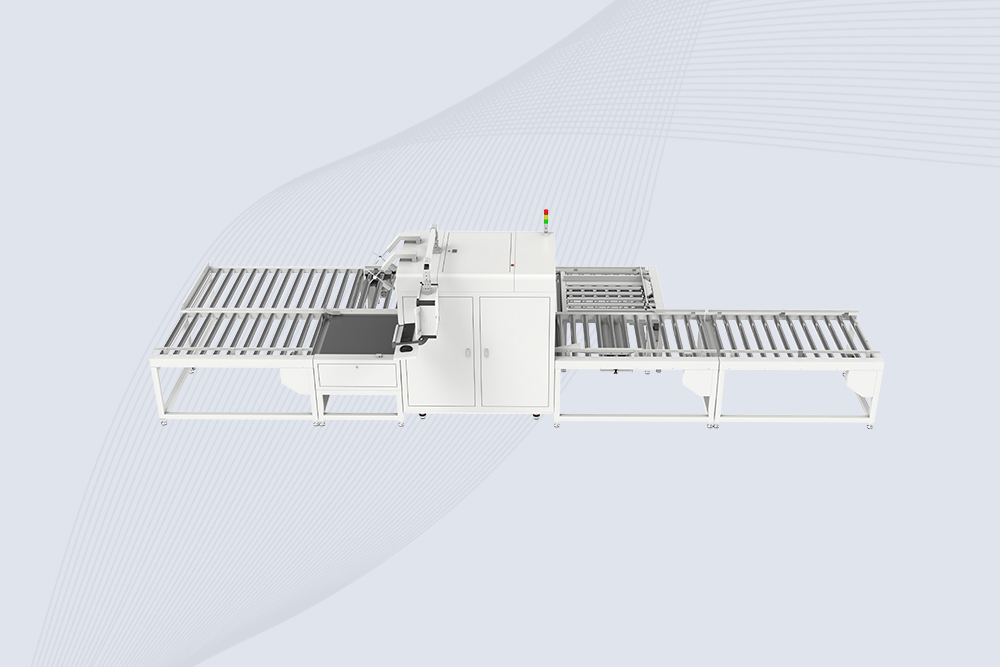
Cykeo CK-TP2A RFID tunnel reader verifies 400+ items in 3 seconds. Integrates RFID, barcode, weighing, and automated sorting for warehouse logistics. Boosts accuracy to 100%.
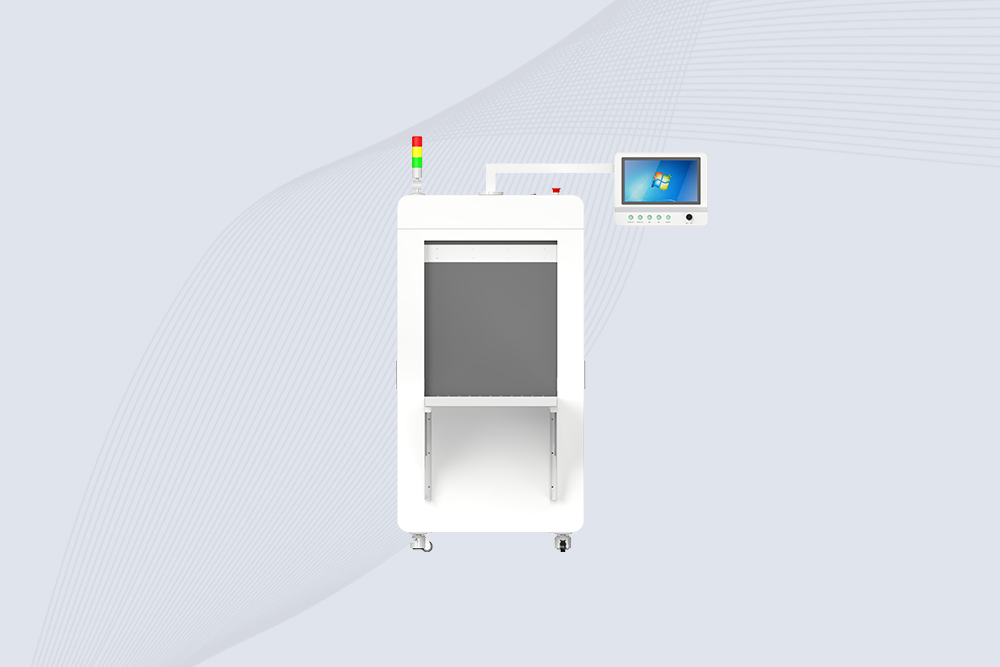
Cykeo CK-TP2D compact RFID tunnel scanner reader offers enclosed scanning with auto-shutter door and IR-activated conveyor. Ideal for mid-scale warehouse inventory management.
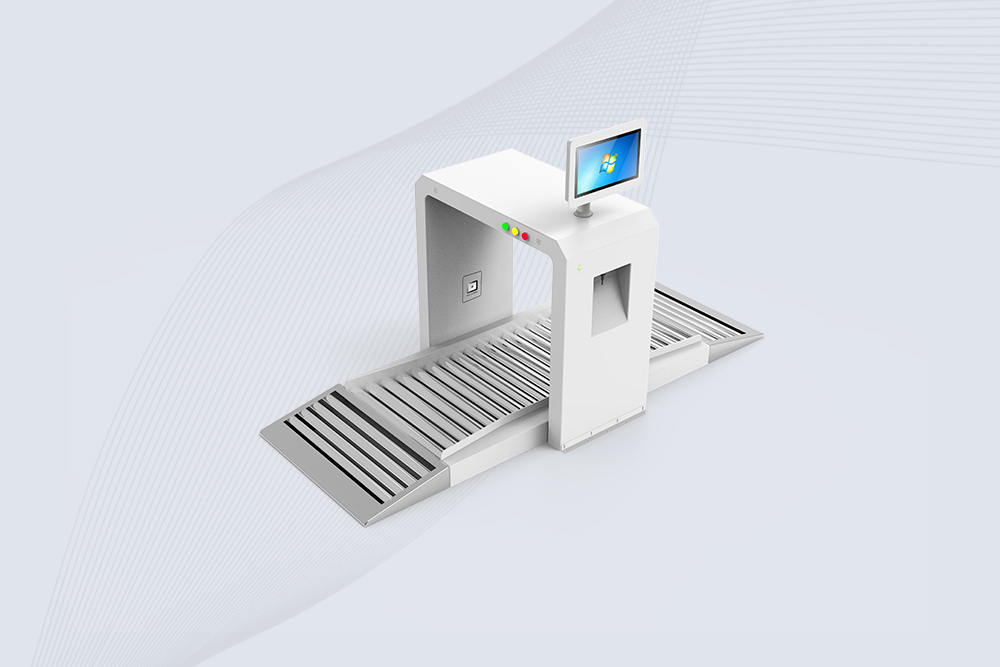
Cykeo CK-TP2C RFID tunnel reader verifies 400+ items in 3 seconds with 4-antenna array and PLC control. Ideal for warehouse inventory management with 99.9% accuracy.
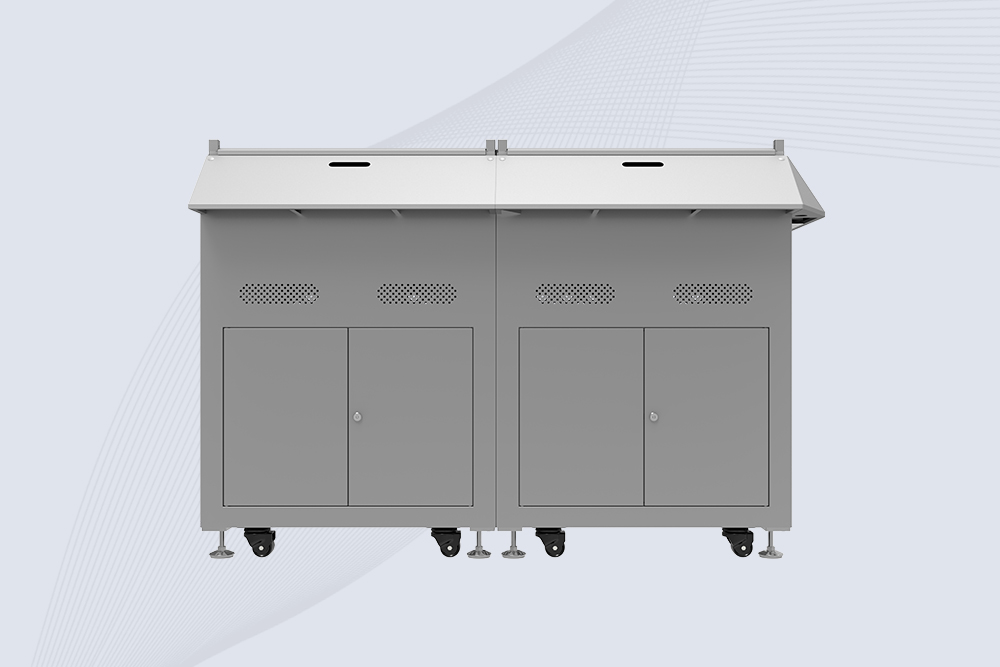
Cykeo CK-S1 RFID library book return sorting system processes 1200 books/hour with modular design and dual-frequency RFID support. Ideal for automated library book sorting and categorization.

Cykeo CK-TP4A retractable RFID gate processes 1000+ items in 10 seconds with expandable width design. Ideal for large-scale utility, hotel linen, and apparel inventory management.
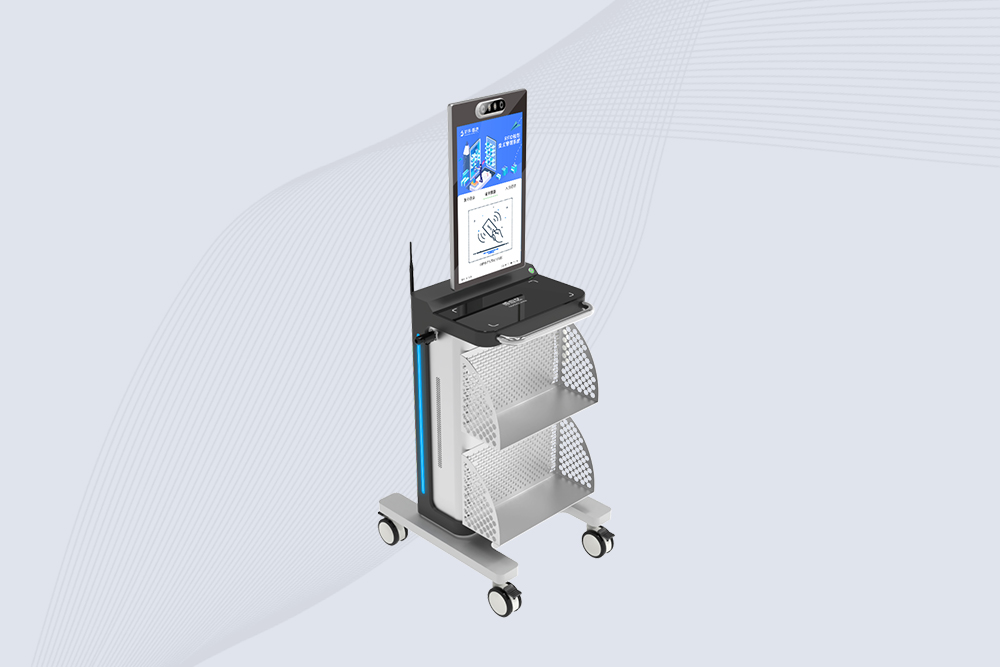
Cykeo CK-C1B RFID to track inventory system features 800+ items/hour scanning, telescopic antenna, and real-time shelf analytics for libraries/warehouses. Supports Windows/Android OS.
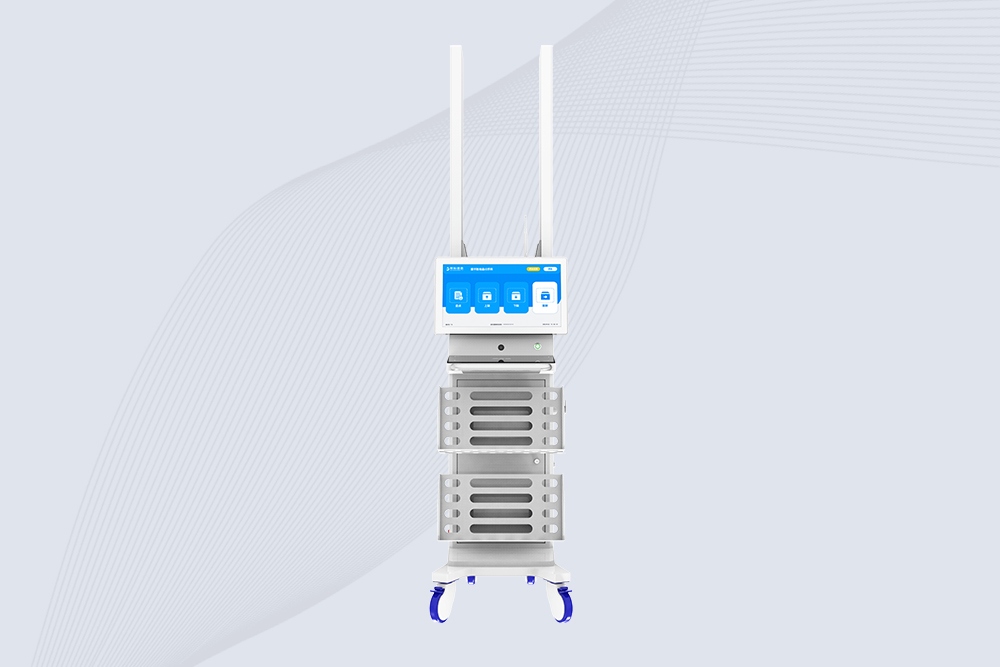
Cykeo CK-C1A RFID tag inventory system features vertical 2.2m manual lift, dual antennas, and Android/Windows OS for warehouse/library inventory. Supports SAP/Oracle integration.
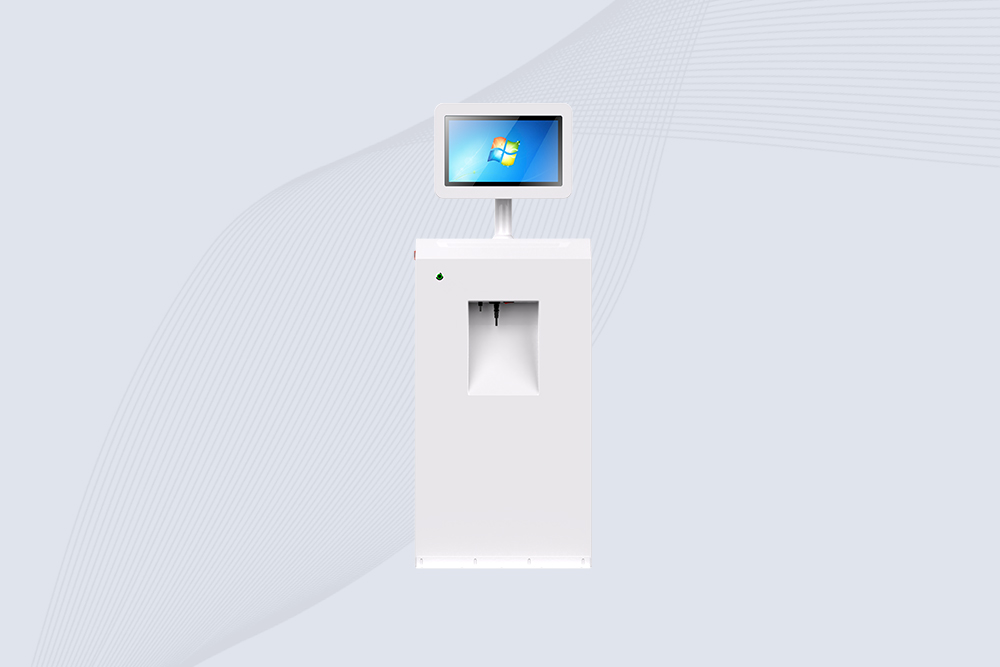
Cykeo CK-T8B industrial rfid gate access system offers 1.85m scanning corridor, 99.6% read accuracy, and Windows/Android OS for production line verification. Supports SAP/Oracle integration.
Discover how passive RFID transforms inventory management with faster scans, zero human counting, and 99.9% accuracy. Cut stockouts and labor costs today.
MoreDiscover how long-distance RFID readers streamline vehicle tracking for toll booths, parking management, fleet logistics, and more. Explore UHF RFID benefits and real-world applications.
MoreSee how RFID stock count improves inventory accuracy up to 99%, speeds up stocktakes, lowers costs, and enhances customer experience. Learn about costs, challenges, and real-world applications in retail, warehousing, and supply chains.
MoreDiscover the best handheld RFID readers for tracking tools on construction sites. Compare rugged designs, UHF performance, and integration with asset management software.
More